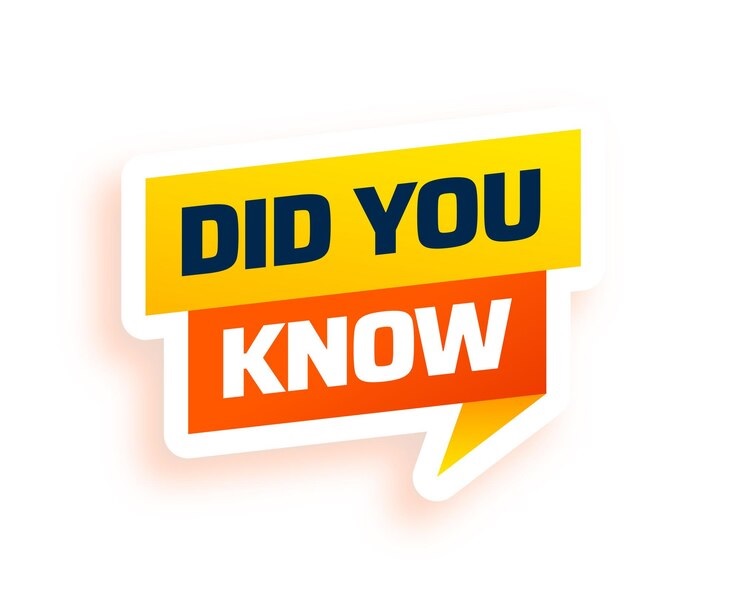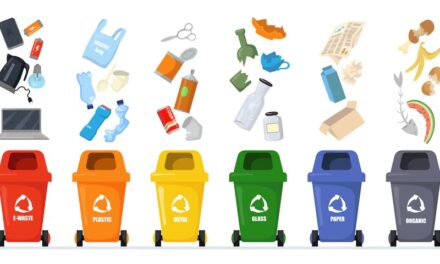Welcome to an exciting adventure into the world of the human body! Today, we’re going to explore all the amazing parts that make us who we are. We’ll look at our body’s main parts, how they work together, and how they help us live and play every day. Let’s get started!
Main Body Parts
Our body is like a very special machine made up of many important parts. Let’s break it down into simple parts so we can understand how they all work together.
External Body Parts
These are the parts of our body that we can see from the outside. They include:
– Head: This is where your face is! It holds your brain, eyes, ears, nose, and mouth.
– Neck: The neck connects the head to the trunk and helps us move our head up and down, and side to side.
– Trunk: The trunk is the main part of your body. It includes your chest, abdomen (tummy), and back. The trunk holds many important organs and supports your head and limbs.
– Limbs: These are your arms and legs. They help you move around, pick things up, and do lots of activities.
Functions of External Parts
– Head Helps us think, see, hear, smell, and taste.
– Neck: Allows the head to move and stay in place.
– Trunk: Protects vital organs like the heart and lungs.
– Limbs: Enable us to walk, run, pick things up, and perform tasks.
Sense Organs
Our body has five amazing sense organs that help us understand and interact with the world around us:
– Eyes: Help us see everything around us. They can detect colors, shapes, and movements.
– Ears: Allow us to hear sounds. They help us listen to music, voices, and other noises.
– Nose: Lets us smell things. It helps us enjoy good smells and stay away from bad ones.
– Tongue: Helps us taste different flavors. It also helps us talk and eat.
– Skin: Covers our whole body and helps us feel things like hot, cold, soft, or rough.
Functions of Sense Organs
– Eyes: See the world and help us read, watch, and recognize faces.
– Ears: Hear sounds and help us communicate with others.
– Nose: Smell and detect different scents.
– Tongue: Taste and talk.
– Skin: Feel different sensations and protect our body.
Internal Parts of the Body
Inside our body, there are many organs and systems that work together to keep us healthy and active. Let’s take a look at some of these important parts:
Skeletal System
The skeletal system is like the body’s framework. It includes all the bones in your body. The main jobs of the skeletal system are:
– Support: It supports your body and helps you stand up straight.
– Protection: It protects important organs like the brain, heart, and lungs.
– Movement: It helps you move because muscles attach to bones.
– Blood Production: It helps make red blood cells in the bone marrow.

Fun Facts About the Human Body
– Your heart beats 100,000 times a day!
– Your bones are constantly changing. You make new bone tissue throughout your life.
– Your skin is the largest organ in your body. It’s like a protective suit!
Muscular System
The muscular system is made up of muscles that help us move. Muscles work with bones to allow us to do things like run, jump, and even smile!
– Movement: Muscles contract (shorten) and relax (lengthen) to move different parts of the body.
– Strength: Muscles make our bodies strong and allow us to lift and carry things.
– Stability: They help keep us balanced and stable when we stand or walk.
Digestive System
The digestive system helps us break down food so our body can use it for energy. Here’s how it works:
– Mouth: Chews food and mixes it with saliva.
– Esophagus: Carries food from the mouth to the stomach.
– Stomach: Breaks down food further with acids and enzymes.
– Small Intestine: Absorbs nutrients from the food.
– Large Intestine: Removes water and forms waste.
– Rectum and Anus: Get rid of the leftover waste from the body.
Circulatory System
The circulatory system is like a delivery service for your body. It carries blood, oxygen, and nutrients to every part of your body.
– Heart: Pumps blood through blood vessels.
– Blood Vessels: Include arteries (carry blood away from the heart), veins (bring blood back to the heart), and capillaries (tiny vessels where blood exchanges nutrients and waste).
– Blood: Carries oxygen and nutrients to cells and takes away waste.
Respiratory System
The respiratory system helps us breathe in oxygen and breathe out carbon dioxide.
– Nose/Mouth: Air enters through the nose or mouth.
– Trachea: A tube that carries air to the lungs.
– Lungs: Where oxygen is exchanged for carbon dioxide.
– Diaphragm: A muscle that helps move air in and out of the lungs.
Excretory System
The excretory system helps get rid of waste from the body. It includes:
– Kidneys: Filter waste from the blood and make urine.
– Ureters: Tubes that carry urine from the kidneys to the bladder.
– Bladder: Stores urine until it is ready to leave the body.
– Urethra: The tube through which urine exits the body.
Nervous System
The nervous system is like the body’s communication network. It sends messages between the brain and the rest of the body.
– Brain: Controls everything you do, think, and feel.
– Spinal Cord: Connects the brain to the nerves in the body.
– Nerves: Carry messages between the brain and different body parts.
How It All Works Together
All these systems and organs work together to help us live and grow. For example, when you eat food, your digestive system breaks it down, your circulatory system carries nutrients to your cells, and your nervous system helps you feel full and know when to stop eating.
The worksheet covers the following topics-
Main body parts
External body parts
Head, Neck, Trunk, Limbs, Their functions,
Sense organs- Eyes, Ears, Nose, Tongue, Skin and their functions,
Internal Parts of the Body
Skeletal System
Muscular System
Digestive System
Circulatory System
Respiratory System
Excretory System
Nervous System

















